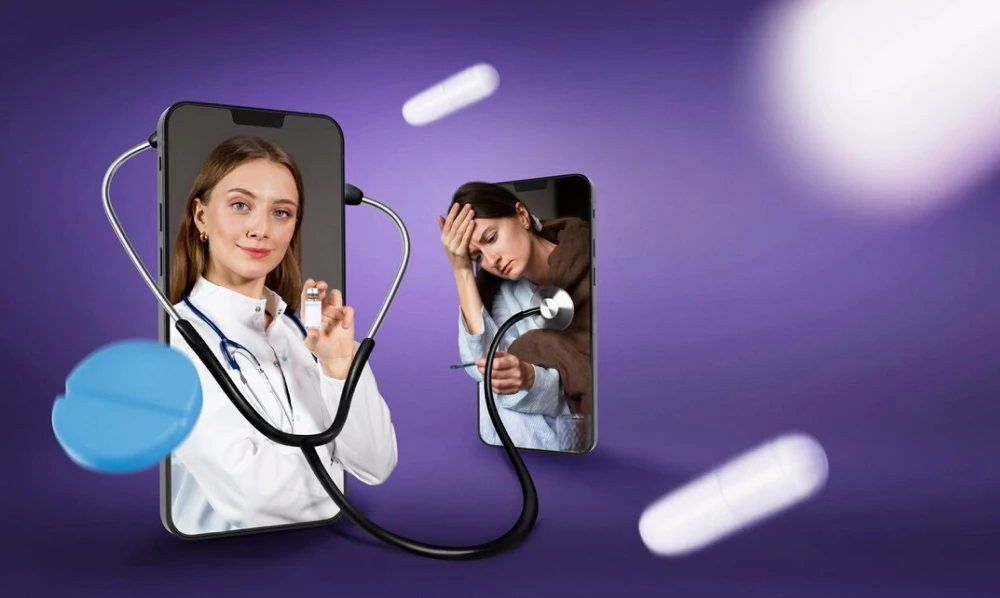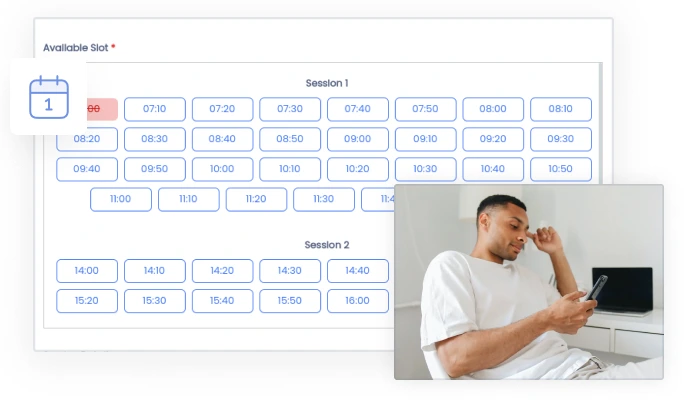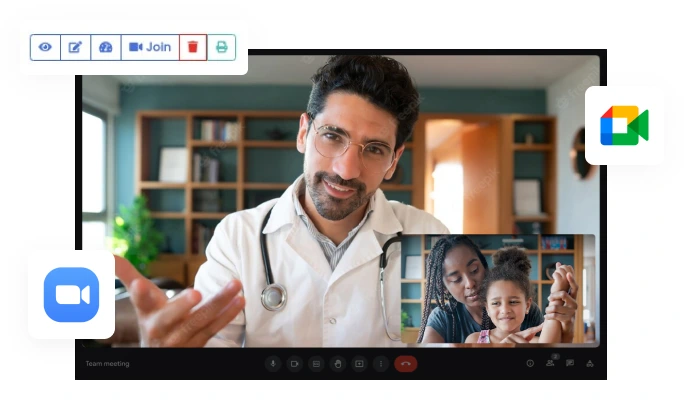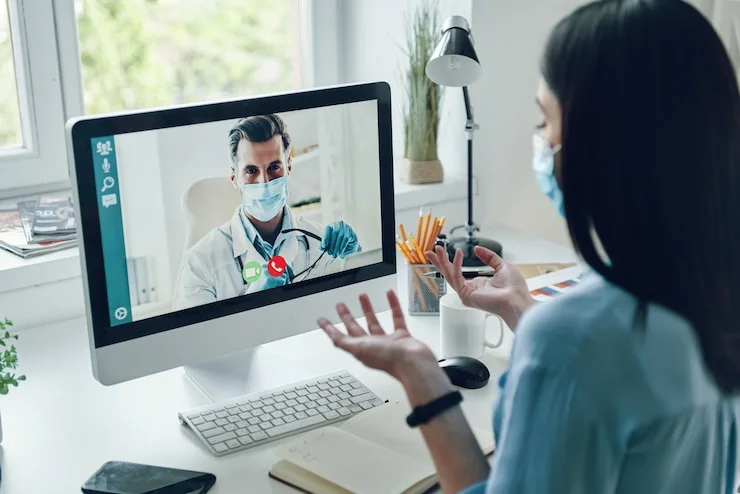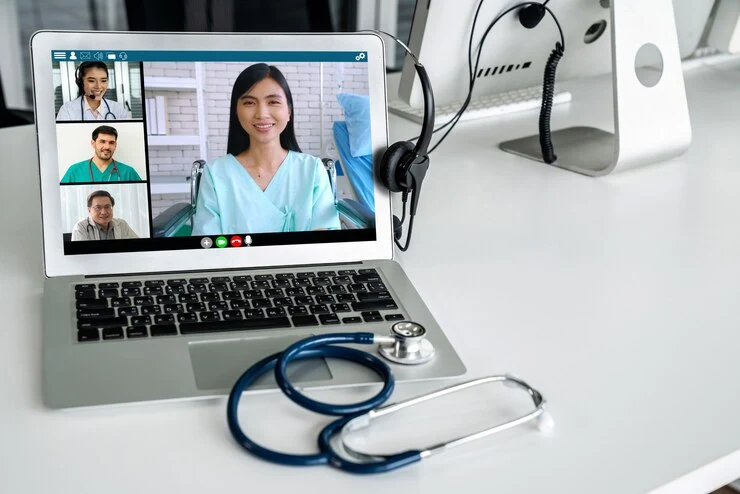As a matter of fact, by March 2022, India made a record high of 170,000 teleconsultations in a single day with the help of its nationwide telemedicine service.
Ever since the pandemic hit, the idea of social distancing pushed telemedicine methods and implementation at a massive rate. Now, almost everyone is willing to take an online appointment rather than standing in a queue and wasting their time.
Also, digital media records make it much simpler for patients and doctors to organize and take their medical encounters from provider to provider.
Today, we’re going to amaze you with a few exciting facts about telemedicine that’ll help you understand the industry better.
So let us begin and make this a surprise for you!
Telemedicine services are used by more than 76% of hospitals. In the United States, an estimated 200 existing telemedicine networks connect to over 3,000 sites in rural and suburban areas. The number of telehealth visits increased by 50% in the first quarter of 2020 compared to the same period in 2019.
Let’s talk global, In 2021, the global market for telemedicine technologies and services was estimated to be worth $144.2 billion USD. From 2022 to 2031, it is expected to grow at a CAGR of 13.8%. By the end of 2031, the global telemedicine technologies and services market is expected to be worth US$ 526.7 billion.
Approximately 74% of patients in the United States would use telehealth services. It is simple to use and well-organized. Approximately 8 out of 10 patients polled said they would be open to non-traditional methods of care delivery. Almost 70% of patients are at ease with having all of their medical records securely stored in the cloud.
Because of the risk of infection, approximately 74% of patients prefer to communicate with their doctors via technology rather than in person. Furthermore, 76% of patients value access to healthcare over the need for human interactions with their healthcare providers.
Approximately 30% of patients already check their medical or diagnostic information on computers or mobile devices.
Imagine how stressful it used to be back then, standing in queues for more than half of your day. In order to just meet the doctor for a few minutes.
If lab work is required before another consult, it can be scheduled separately with the lab, allowing the follow-up appointment to also be virtual. Those patients who require an in-person appointment will also have shorter wait times because the overall patient load has been reduced.
The US Department of Health and Human Services is investing $20 million to improve ruraltelehealth services.
The Department of Health and Human Services announced in August 2021 that it would be distributing nearly $20 million to improve telehealth services in rural and underserved communities across the country.
The funds will be used to upgrade technology in rural healthcare clinics, train doctors and nurses on how to conduct telemedicine appointments, and teach patients how to use virtual appointments when they are unable to see a doctor in person.
An additional $4.3 million will be used to help specialists at academic medical centers provide training and support to primary care providers in rural and other underserved areas through “telementoring,” allowing them to treat patients with complex conditions such as long COVID or substance use disorders in their communities
According to Chief Healthcare Executive, the COVID-19 pandemic resulted in dramatic decreases in outpatient healthcare visits and increases in telehealth visits. Nonetheless, healthcare workers and researchers were unsure whether changes in healthcare access differed based on patient demographics and socioeconomic status.
So, that’s it from our end this time. We hope that you got to learn something insightful.
Wait! There’s still more room to explore.

